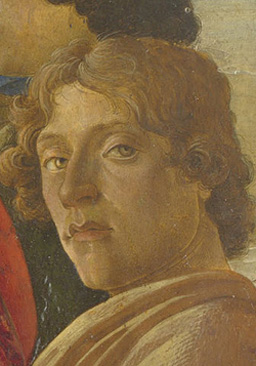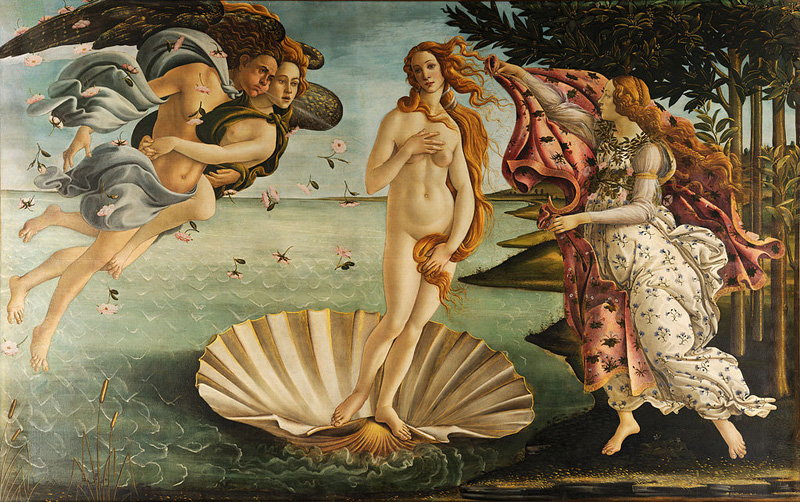Sandro Botticelli

Sandro Botticelli was a draughtsman and painter and in the course of his life time became one of the most revered and acclaimed painters in Italy. He was summoned to assist in the decoration of the Sistine Chapel thus earning patronage from the prominent families of the time, including the famed Medici family.
Early Years
Aged 15 years, Botticelli set up his solo workshop and developed his distinctive style of painting and drawing. His style included Neo Platonism and his following of this philosophy ensured his appeal to many tastes across the spectrum of art lovers including both paganism and Christianity in his work.
Fame and Fortune
The high point for Botticelli both financially and artistically was attained during his middle age where as a result of the Medici family patronage; he had fame, money and contacts. The influence of the Medicis increased the notoriety of Botticelli and he was asked to travel to Rome by the Papacy to paint parts of the Sistine Chapel. This accolade proves the worth of Botticelli’s skill and artistry as only the cream of Renaissance artists such as Michelangelo and Perugino were invited to contribute to the process.
Unfashionable
Sandro Botticelli came under the influence of a monk named Savonarola who encouraged the burning of works of art and paintings considered heretic. This caused Botticelli to destroy many of his art works which are lost to the world. Despite his adherence to Savonarola’s influence, when the eventual downfall of the monk came, Botticelli was unscathed by his association remaining in Florence continuing as an emerging and popular painter of altarpieces. Despite this success, Botticelli was struggling to stay abreast of the dramatic changes that were occurring in the art world around him. With the arrival of such luminaries as Leonardo Di Vinci, Botticelli’s work was edged out of the spotlight of patrons and critics.
This total eclipse of Botticelli’s work by the High Renaissance style meant his name virtually disappeared as works by his peers were lauded in the Vatican. It was not until his work garnered reassessment in the 1890s that Botticelli is again revered as a Renaissance painter of remarkable skill and talent.
Some of Botticelli’s most famous works such as “La Primavera” and the “Birth of Venus” were created for the domain of Lorenzo di Pierfrancesco de Medici – Lorenzo the Magnificent. It is believed that both of these pieces were designed with the assistance of a scholar.
Final Years
Sadly, Botticelli became disabled during later years, and failed to get more painting commissions. During this time it is believed he worked on his sketches of Dante’s Divine Comedy although they were never completed.
Sandro Botticelli was 65 years old when he died and accounts from the time indicate he was poor and considered unaccomplished. He was not married and his views on marriage expressed a dislike for the prospect, in fact he said the idea of marriage gave him nightmares. There were claims he preferred male company, but the general view is that suffered unrequited love for a married noblewoman Simonetta Vespucci. It is believed Simonetta modelled for “The Birth of Venus” and she recurs throughout Botticelli’s paintings.
Sandro Boticelli’s death wish was to be buried at the feet of Simonetta who had died years in advance of him and his wish was carried out in accordance in 1510, 34 years after her death. They remain together at the Church of Ognissanti In Florence.
His passing went virtually unnoticed at his death. It is quite unbelievable that Botticelli’s paintings lay forgotten for hundreds of years until the Pre Raphaelites discovered him lauding him as a genius of Renaissance art. Sandro Botticelli today has the distinction finally as a major contributor to the Renaissance period.


Such a great idea! Learning about artists, past and present, their lives and their work in simple accessible text, with accompanying artwork. Thanks again, Su!